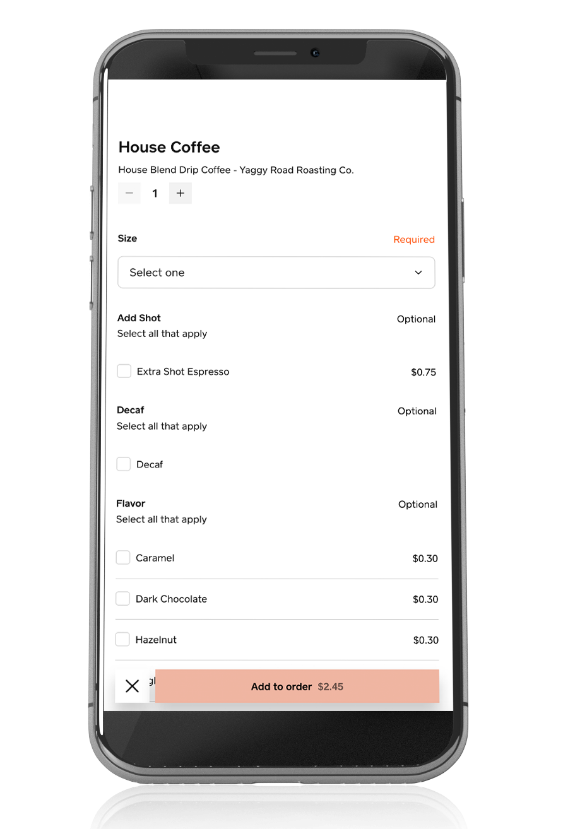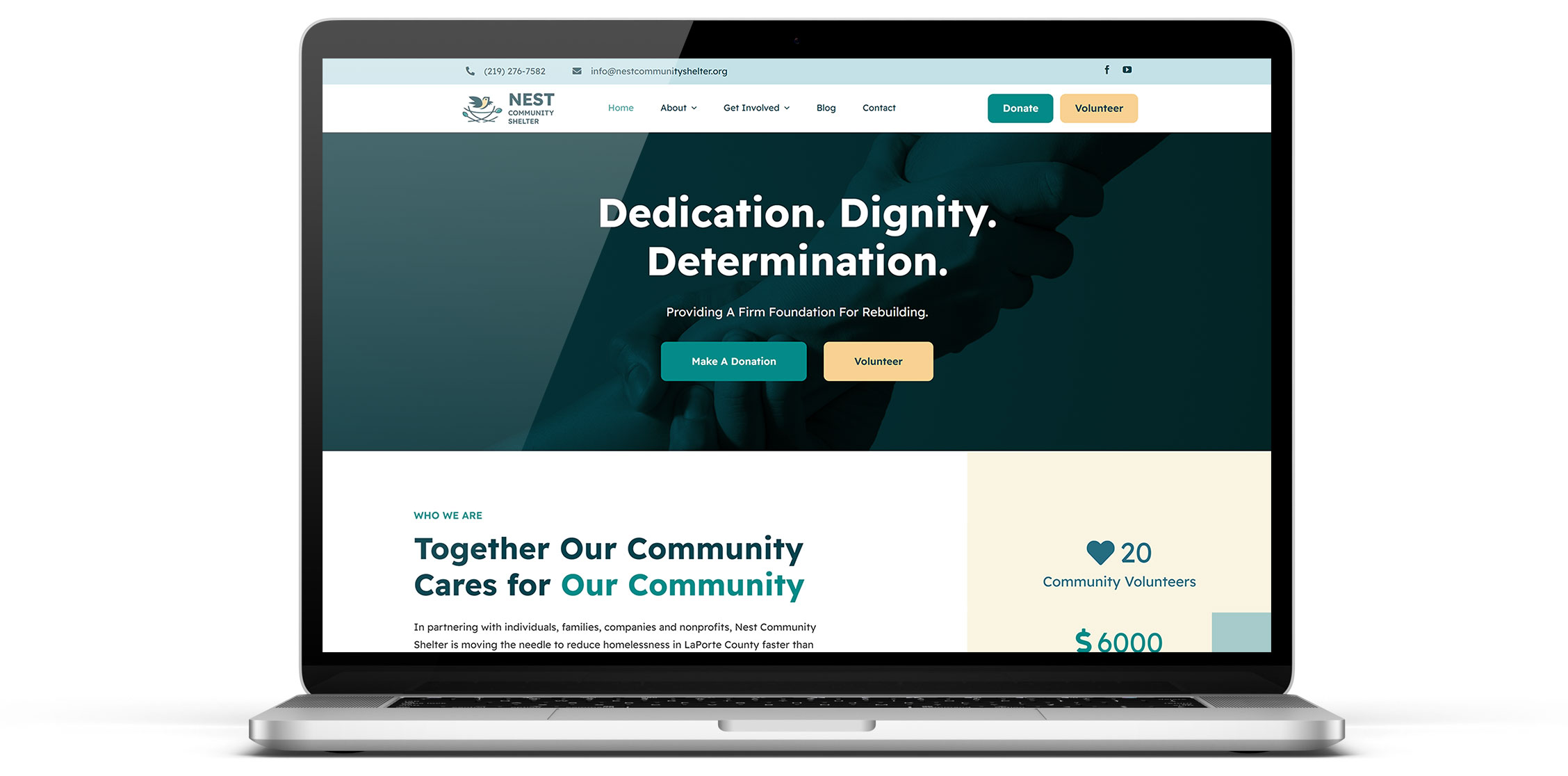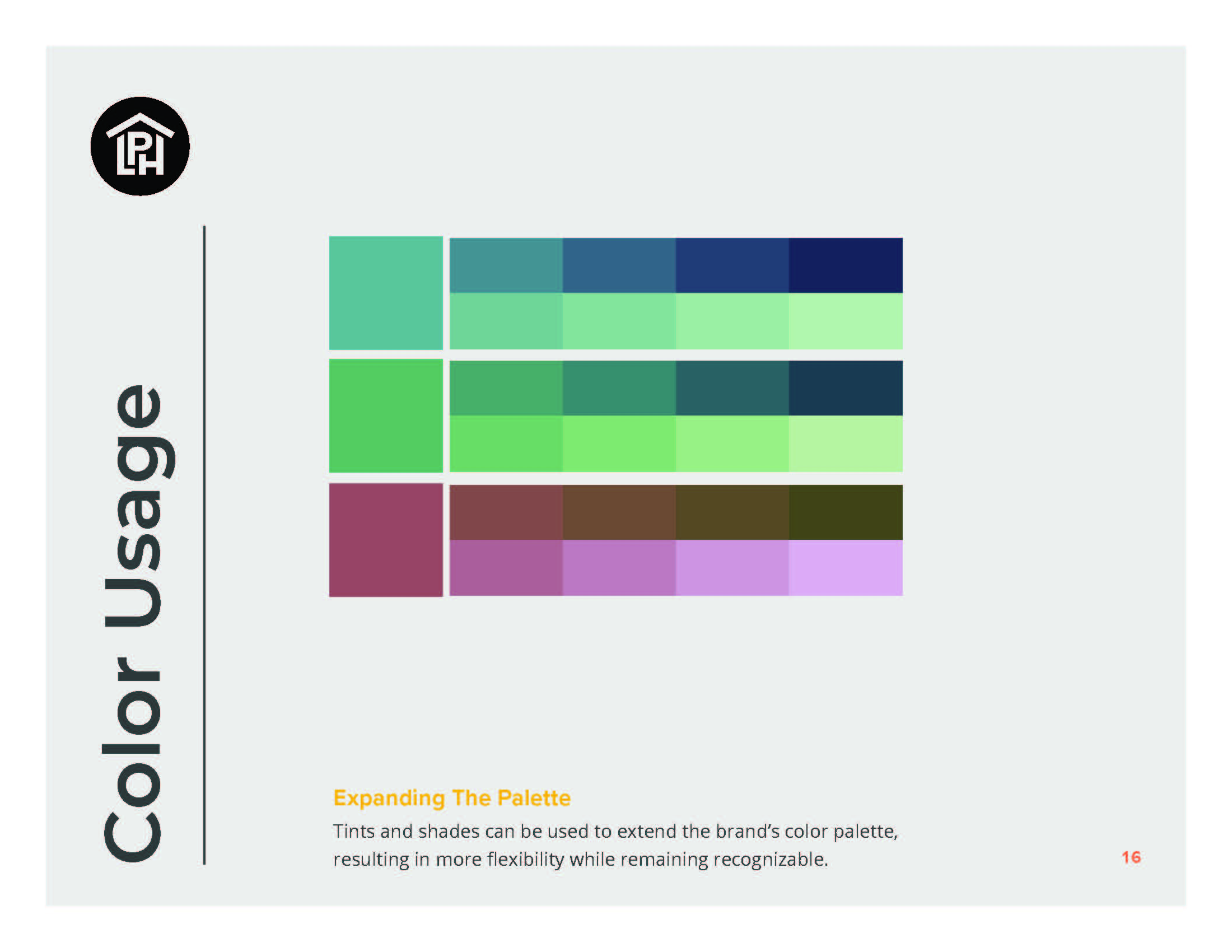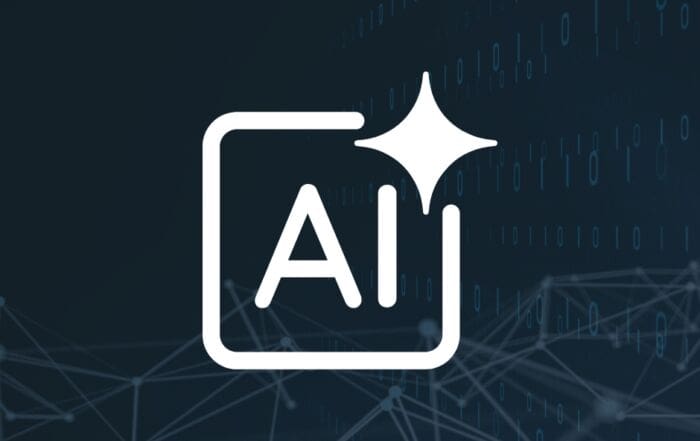Stay Ahead in 2024: Latest Trends in Web Design
Categories:
Updated:
July 2, 2025

As we delve into 2024, the digital landscape continues to evolve, bringing new web design trends to the forefront. These trends are not just about aesthetics; they reflect deeper shifts in consumer behavior and technological advancements. With the ever-increasing importance of online presence, these evolving design elements offer a window into how websites will not only look but also function to meet modern user expectations.
A well-designed website can be a game-changer, serving as a powerful tool to engage with your audience and stand out in a crowded digital space. In this blog post, we’ll explore the latest trends in web design and how businesses, especially small local businesses, can stay ahead of the curve.
Exploring Top Web Design Trends of 2024
The way a website is designed can greatly influence its effectiveness in attracting and retaining customers. In an era where user experience is king, staying updated with these trends is crucial for any business, particularly small local businesses that are competing in a dynamic online marketplace.
Emphasis on Mobile-First Design
In 2024, the dominance of mobile browsing remains unquestionable, making a mobile-first approach not just a recommendation but a necessity. This shift is more than a trend; it’s a response to the evolving user behavior and the widespread adoption of mobile technology. Optimizing websites for mobile devices is now imperative to ensure better user engagement and higher search engine rankings. The mobile-first design is not just about scaling down a website; it involves rethinking the layout and interaction to create an intuitive and efficient experience for mobile users.
Statistics reinforce this necessity: a staggering 72.9% of all US retail e-commerce is expected to be conducted via mobile commerce by the end of the year. Furthermore, by 2025, an estimated 72.6% of smartphone owners will use their devices primarily for internet access. With mobile internet users in the US projected to reach 287.1 million by 2023, accounting for around 87% of the population, it’s clear that mobile-first design is not just a trend but a fundamental shift in how we access and interact with the web (Source: TechJury). This underscores the critical need for businesses to adapt their online presence to cater to the mobile audience, ensuring accessibility, speed, and a seamless user experience.

Dark Mode Design
Dark mode web designs have increasingly become popular, appreciated for their sleek look and user-friendly nature, particularly in low-light environments. This trend is not only about aesthetics but also aligns with growing concerns over digital eye strain and energy conservation. The popularity of dark mode is partly due to its ability to create a seamless experience in darker settings, such as night-time browsing or streaming, where a dark interface can be less jarring and more comfortable for the eyes. This approach is especially beneficial in applications and environments where users are exposed to screens for extended periods, like streaming services and code editors, as it helps reduce eye strain and makes color-coded syntax easier to read.
Moreover, dark mode designs have demonstrated their value in enhancing the visual appeal of websites and applications. The contrast between the dark background and vibrant colors or white text creates a visually striking effect, helping websites stand out. This can be particularly effective for platforms that focus more on imagery and use minimal text. However, it’s important to note that dark mode may not be the best choice for content-driven sites, as research indicates that designs using dark text on light backgrounds can yield better legibility for those with normal vision and certain visual impairments (Source: Stéphanie Walter). When incorporating dark mode into web design, high contrast is essential for readability, and testing for accessibility is crucial to ensure the design is user-friendly for all.
Integrating AI and Machine Learning
AI and machine learning have become pivotal in enhancing web design and user experience. These technologies allow for the analysis of user data to deliver customized content and design elements that cater to individual preferences, leading to more personalized and engaging user interactions (Source: SQUARESPACE Circle). The integration of AI extends beyond user experience, revolutionizing web development processes themselves. AI-driven tools aid in automating and streamlining tasks like coding and debugging, predicting potential issues before deployment, and enhancing overall efficiency. Machine learning, particularly, excels in personalizing user experiences by tailoring them based on observed behavior patterns, thereby elevating user engagement and satisfaction.
The advent of the Internet of Behavior (IoB) adds a new dimension to web interaction, leveraging user data for deeper insights into consumer behaviors and preferences. This technology enables websites to adapt and respond in real-time to individual users, creating highly personalized experiences. The benefits of integrating AI and ML in web development include not just enhanced personalization but also more efficient development workflows, saving time and resources. As these technologies continue to advance, they are poised to provide even more sophisticated tools for creating dynamic, efficient, and user-centric web experiences.
AI Chatbots
AI chatbots have reached new heights of sophistication, offering seamless, human-like interactions that significantly enhance user engagement and customer service. These chatbots have evolved beyond simple text-based responses, integrating advanced voice technology to understand and respond to spoken queries. This enhancement in voice recognition and natural language processing allows for more intuitive, conversational experiences that closely mimic human interaction. Furthermore, the integration of chatbots with social media platforms and analytics tools amplifies their utility, enabling real-time engagement with users and the collection of valuable data for continuous improvement. Learn more here: Build Chatbot.
They now also excel in personalization, offering tailored recommendations by analyzing individual user interactions and purchase histories. This level of customization not only enriches the user experience but also fosters deeper brand loyalty. Additionally, the ability of these chatbots to operate 24/7 ensures uninterrupted assistance, resolving customer issues promptly, regardless of time constraints. As AI technology continues to advance, these chatbots are expected to become even more sophisticated, revolutionizing customer interactions and setting new standards for customer service efficiency and effectiveness.
Predictive User Experience (UX)
Predictive UX, powered by machine learning and AI, is revolutionizing the way users interact with digital interfaces, offering a more intuitive and seamless browsing experience. These technologies enhance personalization by analyzing user data to tailor interactions and content delivery. AI tools create user personas, streamline user journeys, and offer personalized recommendations, transforming platforms like Spotify and Netflix into highly user-centric services (Source: Built In). Advances in Retrieval-Augmented Generation (RAG) are further refining AI-generated content, enabling LLMs to produce more accurate and contextually relevant responses. This is especially beneficial for applications such as chatbots and virtual assistants, where up-to-date, accurate information is key to user satisfaction.
The integration of AI in UX design extends beyond user-facing applications to the inner workings of organizations. There’s an increasing demand for AI and machine learning talent to effectively deploy, monitor, and maintain these systems in real-world settings, often referred to as Machine Learning Operations (MLOps). This trend highlights the growing importance of internal AI capabilities in business operations and digital transformation. As AI continues to integrate into various aspects of business operations, the need for specialized skills in this area is expected to rise, marking a significant shift in the landscape of digital interaction and user experience design.
Minimalism and Content-Centric Design
Minimalist designs, characterized by their clean layouts and concise content, continue to dominate the web design landscape in 2024. This approach prioritizes content, focusing on delivering a straightforward and clutter-free user experience (Source: Lounge Lizard). Such designs align with the need for fast-loading websites, which is increasingly important in a digital environment where speed and efficiency are paramount. The minimalist trend is complemented by the integration of AI in web design, allowing for dynamic, personalized design elements that cater to individual user preferences. The advanced computing power and improved capabilities of web browsers have made it possible to create visually captivating and emotionally resonant websites without being hindered by slow load times or performance issues.
Incorporating storytelling into web design is another powerful trend that connects emotionally with the audience, making them more likely to engage with the content. Using graphics and animations to tell a story as the user scrolls down the page not only increases engagement but also significantly boosts conversion rates. Additionally, the use of interactive elements, such as hover effects and dynamic scrolling, adds a layer of engagement and experience to the website. While adding these elements, it’s essential to maintain a balance between interactivity and usability to avoid overwhelming the user. Consistent branding throughout the website, including the use of colors, fonts, typography, and imagery, builds trust and recognition among visitors. Furthermore, accessibility is increasingly being recognized as a necessity in web design, ensuring that sites are usable by people of all abilities and disabilities. This focus on universal accessibility enhances the overall user experience, making the web more inclusive and socially responsible.

Asymmetrical Layouts and Split Content
Asymmetrical layouts and split-screen designs in 2024 are taking web design to new creative heights. Breaking away from the traditional grid pattern, these designs offer a dynamic balance of text, images, and white space, significantly enhancing user engagement and providing a fresh perspective on website aesthetics (Source: Webflow). The asymmetrical approach allows designers to guide users’ attention more effectively and make content stand out. This shift is not merely aesthetic but also strategic, enhancing the user experience by focusing on intuitive interfaces and enjoyable interactions.
Split-screen designs, in particular, are becoming an exciting trend in web design. They enable the showcase of different, equally engaging content, offering a well-organized and informative website layout. Key elements of split-screen layouts include vibrant colors, clear typography, and the effective use of white space. These designs are especially useful when you need to deliver separate messages of equal importance, and they also adapt well to mobile screens. The incorporation of subtle transitions or interactive elements further adds to the appeal of these designs, making them a popular choice for modern websites (Source: The Rocket Consulting).
The Role of Color Psychology
Color psychology in web design is increasingly focused on the emotional impact of colors, using them to influence user behavior and interaction. Luminous Red, for example, is a popular choice for its boldness and energy, ideal for drawing attention to key elements like calls to action. Metallic Gray, reflecting modernity and the future, is another color gaining popularity for its ability to bring a futuristic feel to designs (Source: WIXBlog). This trend extends beyond just individual colors; the strategic combination of various hues plays a critical role in creating engaging and effective web experiences.
Using bright colors for a lively and innovative look is different from the rise of new neutral tones like muted purples and soft olives, which give a modern and sophisticated feel. Gradients and ombré effects are becoming popular for their ability to create depth and movement in designs. These color strategies are not just about aesthetics but are carefully chosen for their psychological effects, enhancing user experience by making websites not only visually appealing but also more engaging and communicative (Source: WIXBlog).

Staying ahead in web design means constantly evolving and adapting to new trends and technologies. At Sera Group, we specialize in creating innovative, user-friendly websites that are in line with the latest trends in web design. Our team of experts understands the importance of a well-designed website in today’s digital age, especially for local businesses looking to make a big impact online.
Let us help you create a website that not only looks great but also performs exceptionally, driving more traffic and conversions for your business. Contact us today to learn more about our web design services and how we can help your business thrive online in 2024 and beyond.




